Piriformis Muscle Syndrome
Piriformis muscle syndrome often feels like painful pins and needles in the buttock region. It results in irritation of the the sciatic nerve, causing minor to severe pain, tingling and numbness in the buttock region.
How does it work?
The piriformis muscle is the muscle that helps to rotate the hip and maintain our balance, and is located in the buttocks. Most people who have piriformis muscle syndrome first feel “pins and needles” and pain in the buttock region. That pain can sometimes extend the entire length of the sciatic nerve and can be quite severe. Pressure applied to the piriformis muscle, or such activities as climbing stairs can trigger the pain of piriformis muscle syndrome. Those who routinely sit for extended lengths of time can also feel the pain of piriformis muscle syndrome.
Piriformis muscle syndrome is difficult to diagnose, as there is not a test which definitively diagnoses the condition. Patient history is very important in diagnosing piriformis muscle syndrome. Those who have suffered trauma to the piriformis nerve, or have a history of trauma to the area are more likely to develop the condition, as are those who routinely sit for long periods of time. In some cases, vigorous activities such as long-distance running or repetitive activities which aggravate the piriformis nerve can lead to piriformis muscle syndrome. Radiologic tests, such as MRIs may be used to rule out other causes of sciatic nerve compression.
Treatments for Piriformis Muscle Syndrome
Our goal at Palomar Spine & Pain is to help you avoid surgery, while allowing you to get back to your normal quality of life.The pain treatments we may try for your piriformis muscle syndrome include:
Anti-inflammatory medications
Muscle relaxants
Corticosteroid injections
This Treatment is Good For..
-

Hip
-

Back
